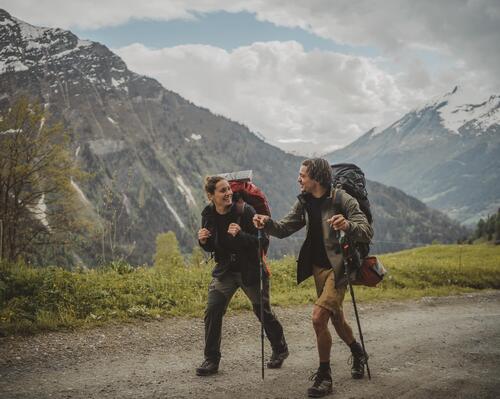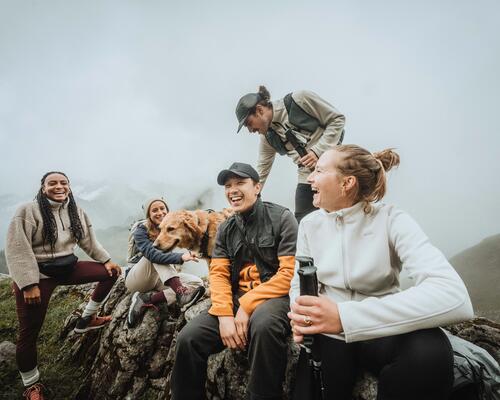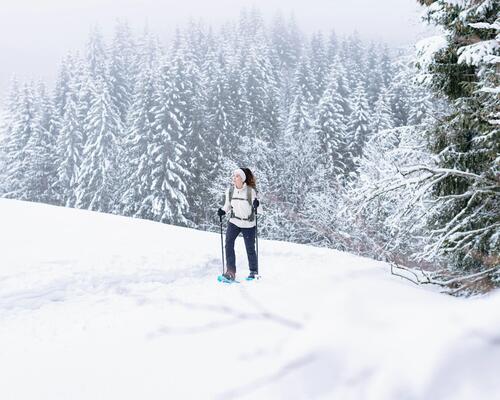Fleece Focus: the Ideal Fabric for Cold Weather
What fabric weight for a warm fleece?
To measure the thermal protection level of a fleece, there’s a key reference: fabric weight. Expressed in grams per square meter (g/m²), it corresponds to the weight of the fabric (reduced to one square meter for easy comparison between garments). Theoretically, the thicker and heavier the fabric, the higher the garment’s fabric weight. And the warmer it will be compared to fabric made from exactly the same material, with the same technical properties. But be careful not to compare the weight of a cotton fabric with a fleece fabric: their very different thermal properties make comparison impossible. Similarly, don’t rely solely on fabric thickness, as density can vary from one material to another! For reference, warm hiking and trekking fleeces generally weigh between 150 g/m² and 400 g/m².
🌤️ Around 100 g/m², the fleece is lightweight, suitable for summer or spring outings.
🍂 Around 200 g/m², it’s an intermediate fleece, the most versatile weight: a good option if you plan to wear it in various conditions.
❄️ From 300 g/m² and up, we’re talking about thick, very warm fleece jackets: more suited for fall and winter conditions.
As you can see, the higher the fabric weight of a fleece, the more it retains body heat. So, if you’re stationary in a very cool environment, we recommend opting for a high fabric weight. Beyond the weather, you also need to consider your level of effort, the duration of your excursion, and the features you want. To help you find THE fleece jacket that suits you and combines all the desired characteristics, we’ve prepared a complete guide in the next article.












